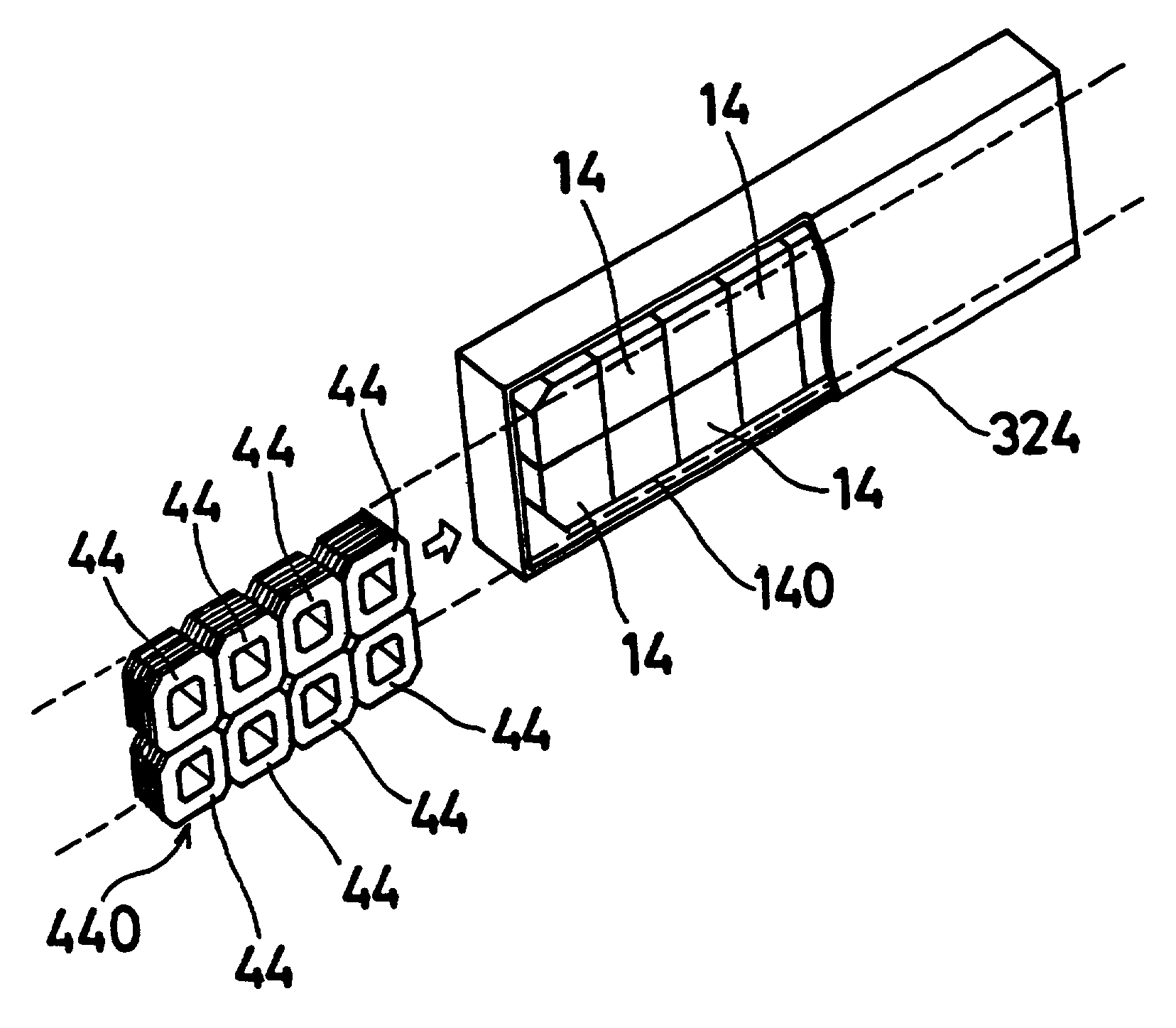Superconducting magnet apparatus and method for magnetizing superconductor
a superconductor and magnetizing technology, applied in the direction of superconducting magnets/coils, magnetic bodies, dome cooling apparatus, etc., can solve the problems of superconductor to capture a magnetic field that is considerably larger than the magnetic field of a normal permanent magnet, and the entire apparatus for performing this method normally needs to be increased in size and complexity
- Summary
- Abstract
- Description
- Claims
- Application Information
AI Technical Summary
Benefits of technology
Problems solved by technology
Method used
Image
Examples
first embodiment
[0072]A superconducting magnetic apparatus and a method for magnetizing the superconducting magnetic apparatus according to a first preferred embodiment of the invention employ a construction as shown in FIG. 1. A cold head 2 is disposed in an insulating container 1 and cooled by a refrigerator 20. A superconductor 3 is disposed in the insulating container 1, contacting the cold head 2. Through heat conduction, the superconductor 3 is cooled to its superconduction transition temperature or lower. A magnetizing coil 4 is disposed outside the insulating container 1 for applying a magnetic field to the superconductor 3. A pulse power source 5 supplies the magnetizing coil 4 with a pulsed current that is controlled by a controller 80 so that a magnetic field determined considering the magnetic field to be captured by the superconductor 3 is applied to the superconductor 3.
[0073]The insulating container 1 is vacuum-evacuated, thereby heat-insulating the superconductor 3 and the cold head...
second embodiment
[0117]A superconducting magnetic apparatus and a method for magnetizing the superconducting magnetic apparatus according to a second preferred embodiment of the invention employ a construction as shown in FIG. 12. A coolant container 171 contains a coolant that is capable of cooling a superconductor 3 to its superconduction transition temperature or lower. The superconductor 3 is disposed in the coolant container 171. A magnetizing coil 4 is provided for applying a magnetic field to the superconductor 3. A pulse power source 5 supplies the magnetizing coil 4 with a pulsed current. The magnetizing coil 4 is disposed outside the coolant container 6.
[0118]The coolant container 171 contains liquid nitrogen as a coolant. The superconductor 3, the magnetizing coil 4 and the pulse power source 5 are substantially the same as those in the first embodiment.
[0119]To determine an optimal current to be supplied from the pulse power source 5 to the magnetizing coil 4 so as to apply an optimal ma...
third embodiment
[0123]A third embodiment of the present invention will be described. A superconducting magnet apparatus according to this embodiment has substantially the same construction as the apparatus according to the first embodiment shown in FIG. 1, and will not be described again.
[0124]A method for magnetizing a superconductor according to the third embodiment performs pulsed magnetization of the superconductor a plurality of times. In an example of this embodiment, the superconductor 3 was subjected three times to application of a maximum pulsed magnetic field E 1 of 7.1 T, which was greater than the maximum capturable magnetic field of the superconductor 3. Subsequently, a slightly reduced pulsed magnetic field was applied a plurality of times. This procedure was repeated using gradually reduced pulsed magnetic fields. Finally, a pulsed magnetic field E 2 of 2.8 T was applied, thereby magnetizing the superconductor 3. The captured magnetic field of the superconductor 3 was measured on a c...
PUM
| Property | Measurement | Unit |
|---|---|---|
| temperature | aaaaa | aaaaa |
| temperature | aaaaa | aaaaa |
| temperature | aaaaa | aaaaa |
Abstract
Description
Claims
Application Information
 Login to View More
Login to View More - R&D
- Intellectual Property
- Life Sciences
- Materials
- Tech Scout
- Unparalleled Data Quality
- Higher Quality Content
- 60% Fewer Hallucinations
Browse by: Latest US Patents, China's latest patents, Technical Efficacy Thesaurus, Application Domain, Technology Topic, Popular Technical Reports.
© 2025 PatSnap. All rights reserved.Legal|Privacy policy|Modern Slavery Act Transparency Statement|Sitemap|About US| Contact US: help@patsnap.com



